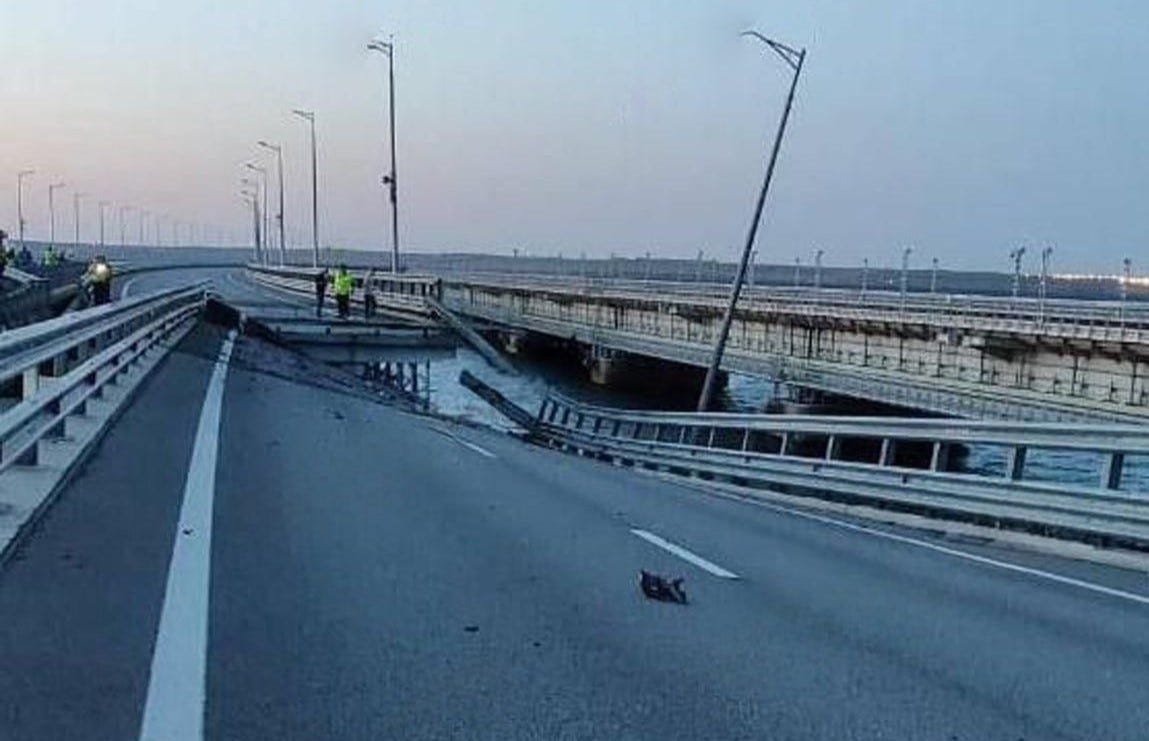Ukraine Wants To Break The Russian Army In Zaporizhzhia And Retake Crimea By Fire
A demonstrated and proven strategy
Nine days after Ukraine struck the Kerch Strait bridge, Russian lines broke at Kilschiivka, south of Bakhmut. The town remains contested. Twelve days after Ukraine struck the Kerch Strait Bridge, Russian lines broke at Robotyne and Staromaiorske. The gains remain contested. Both pulses seem likely to repeat this week, weather permitting.
On day thirteen,…
Keep reading with a 7-day free trial
Subscribe to Polemology Positions to keep reading this post and get 7 days of free access to the full post archives.




